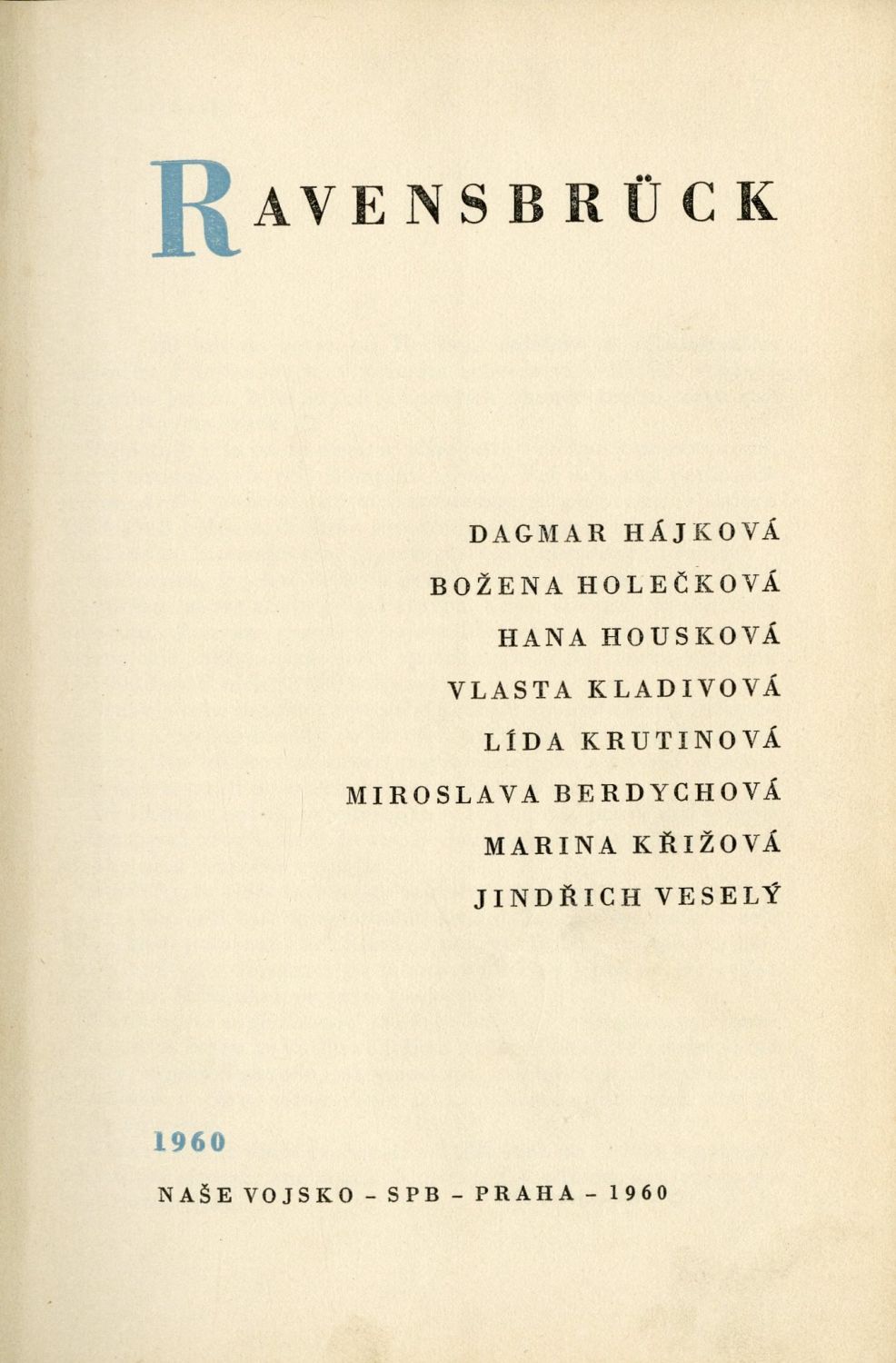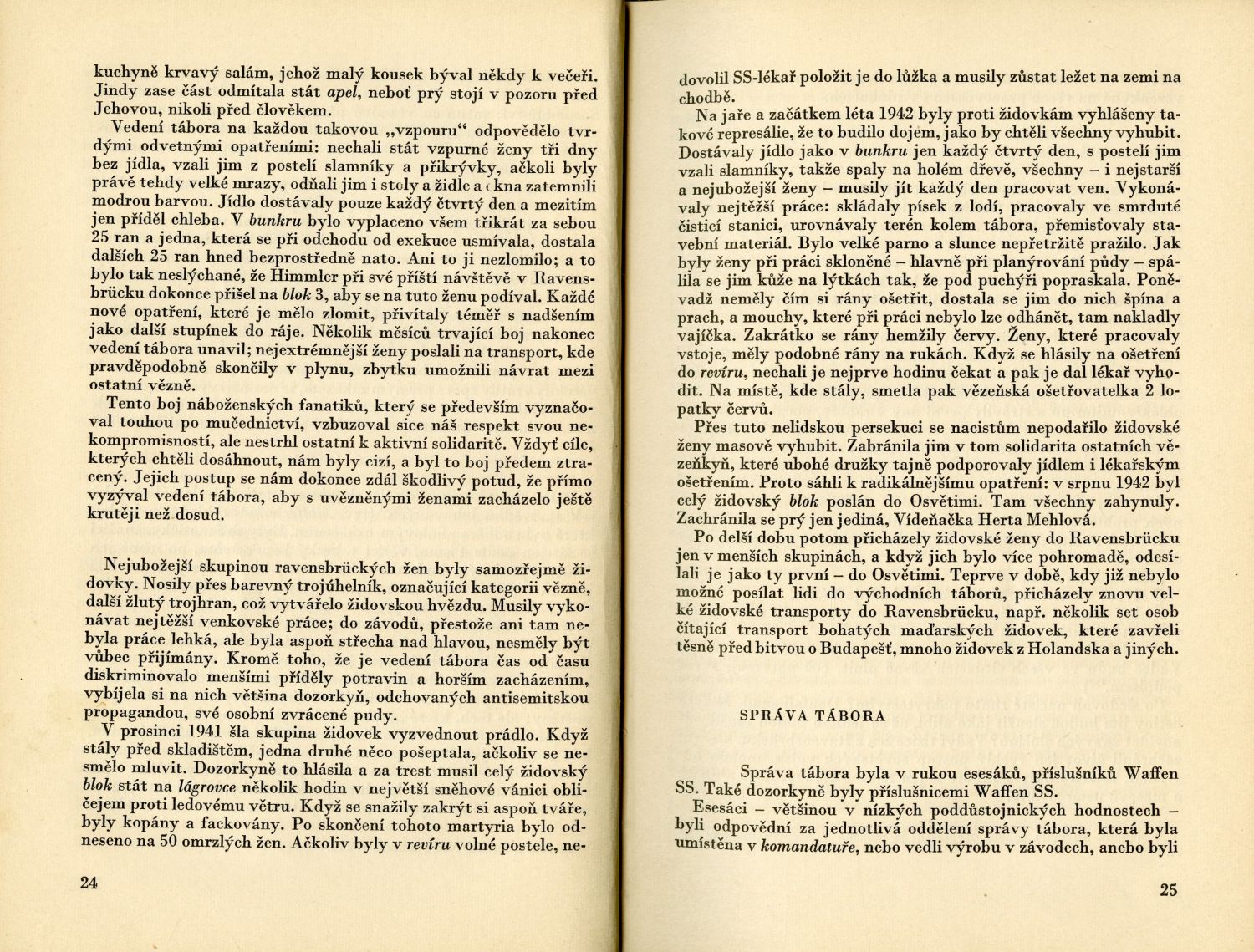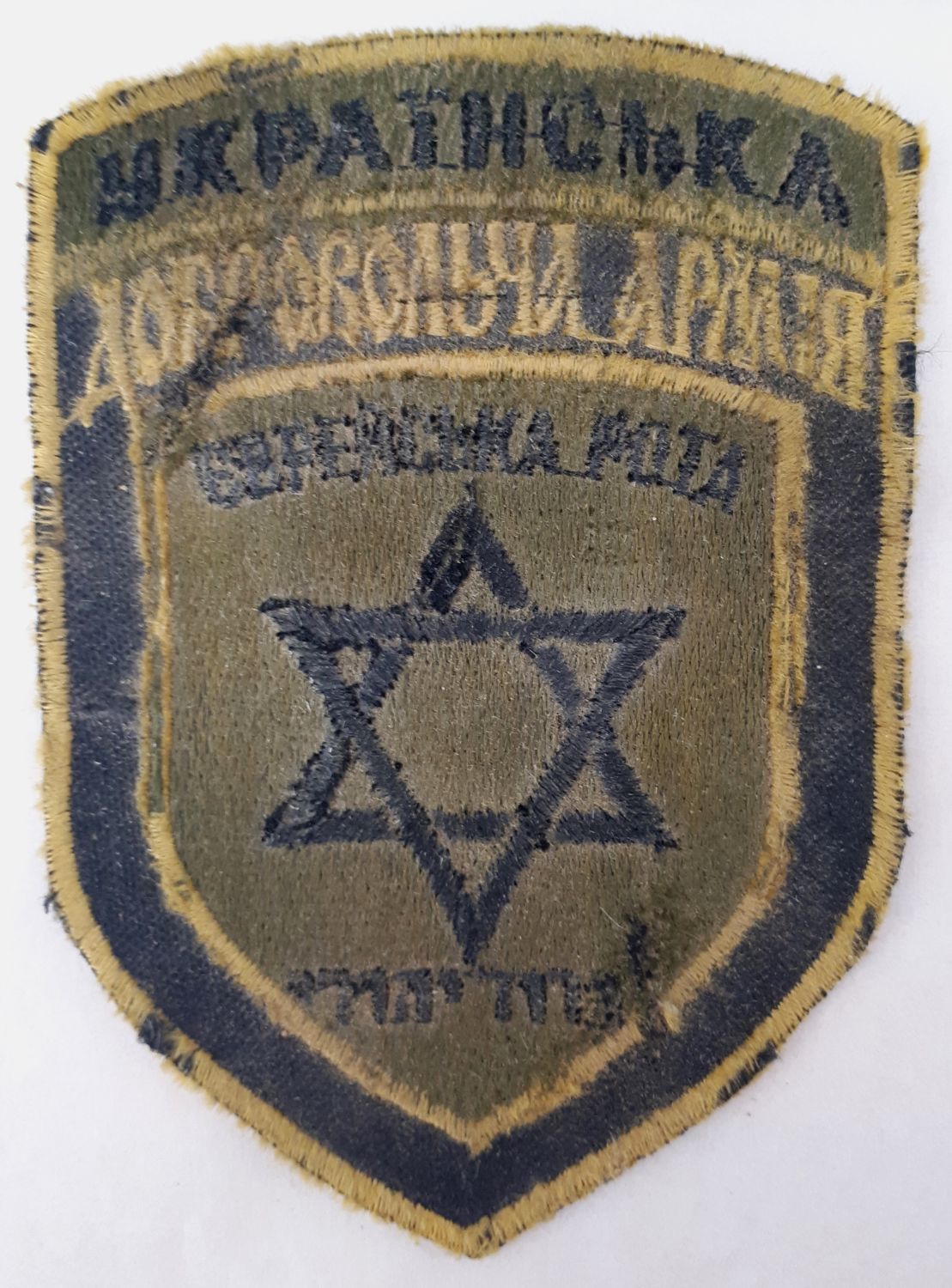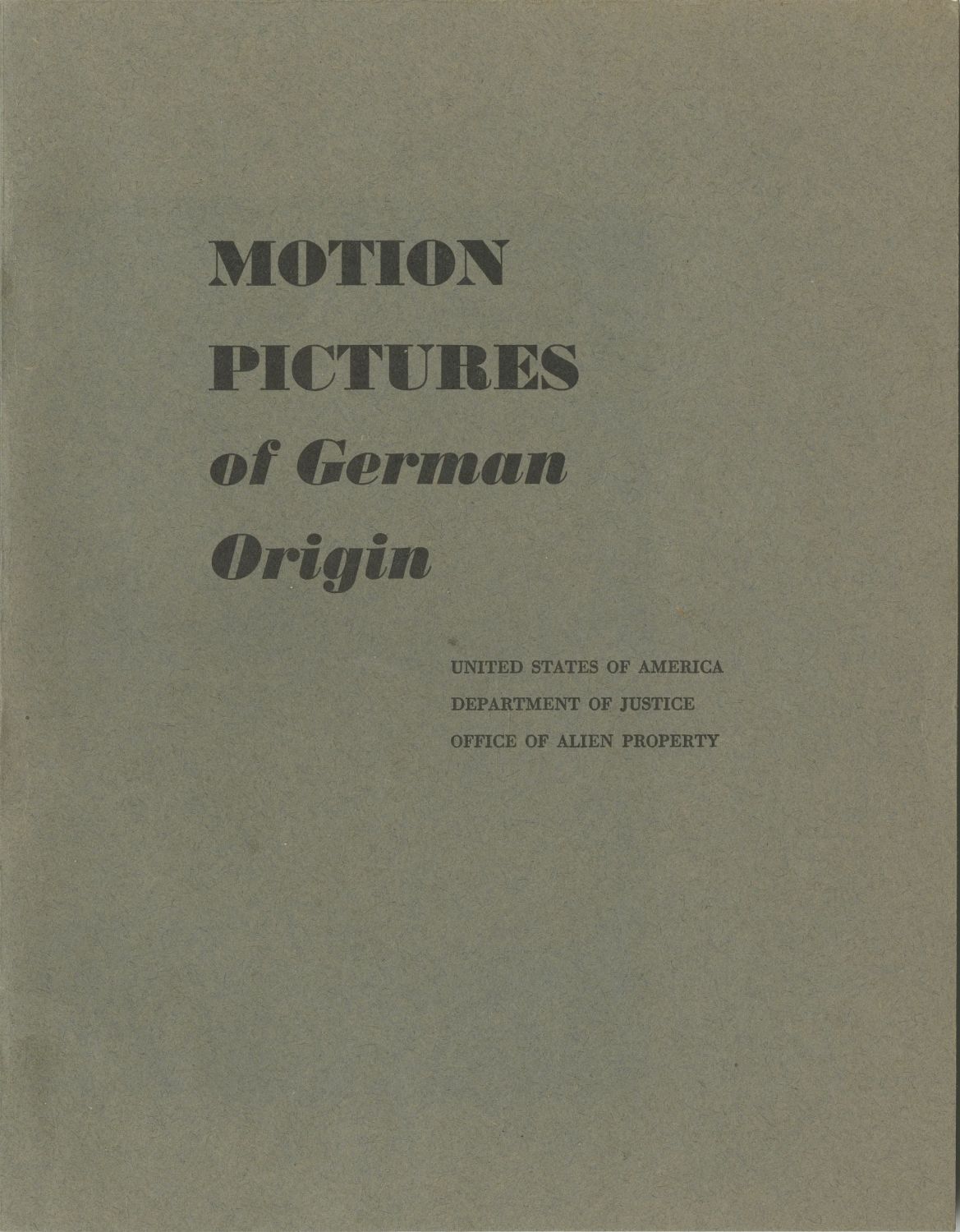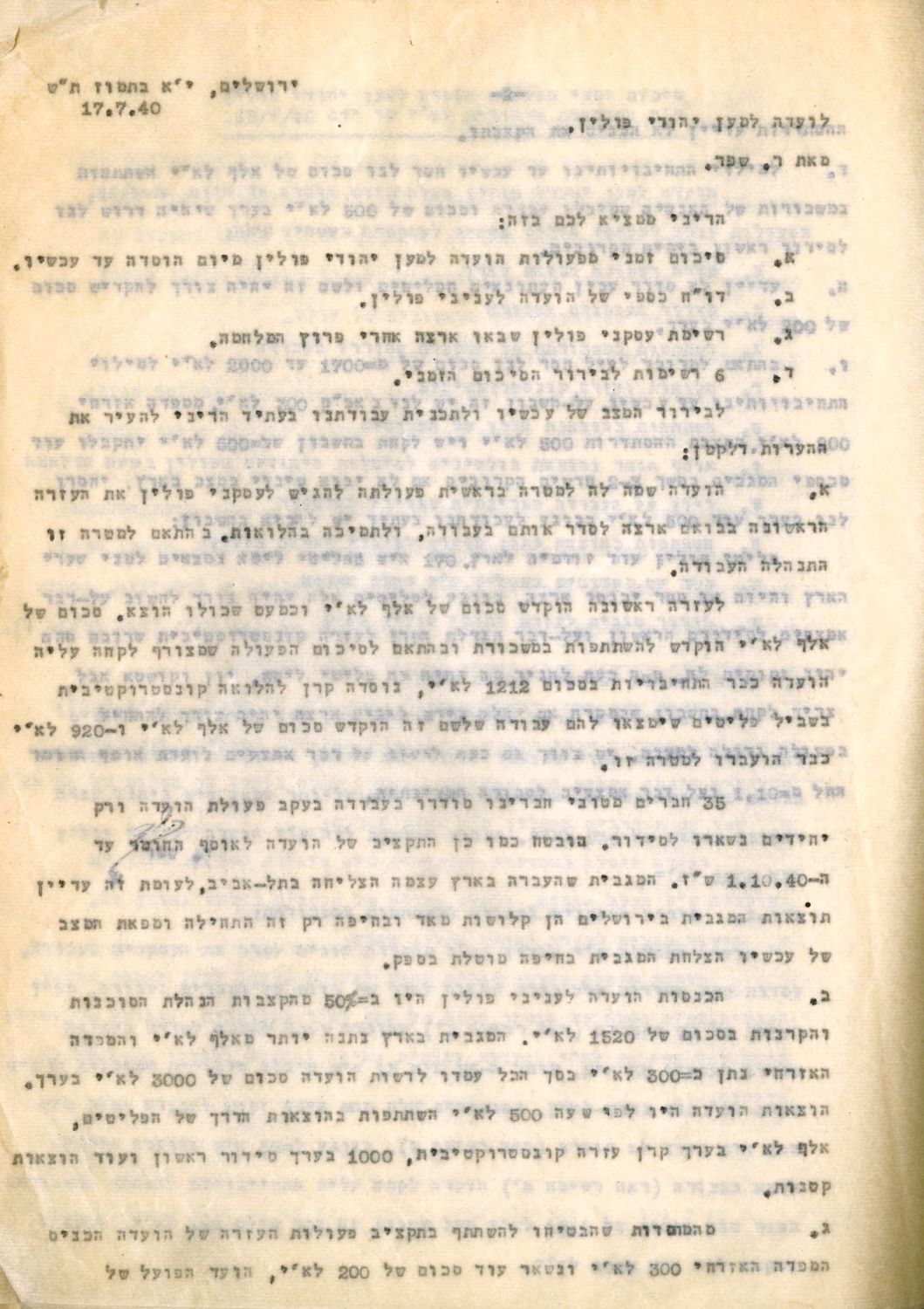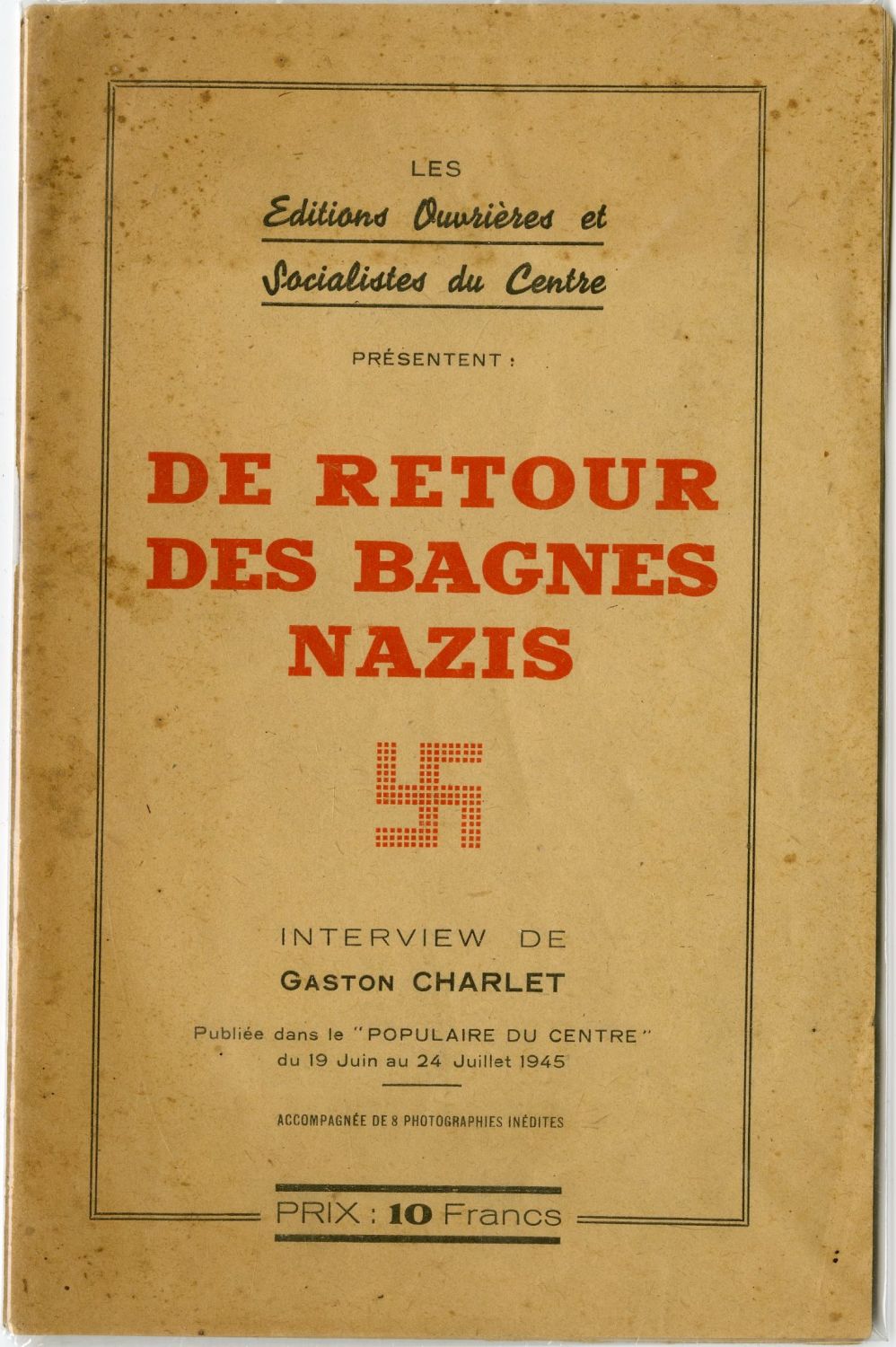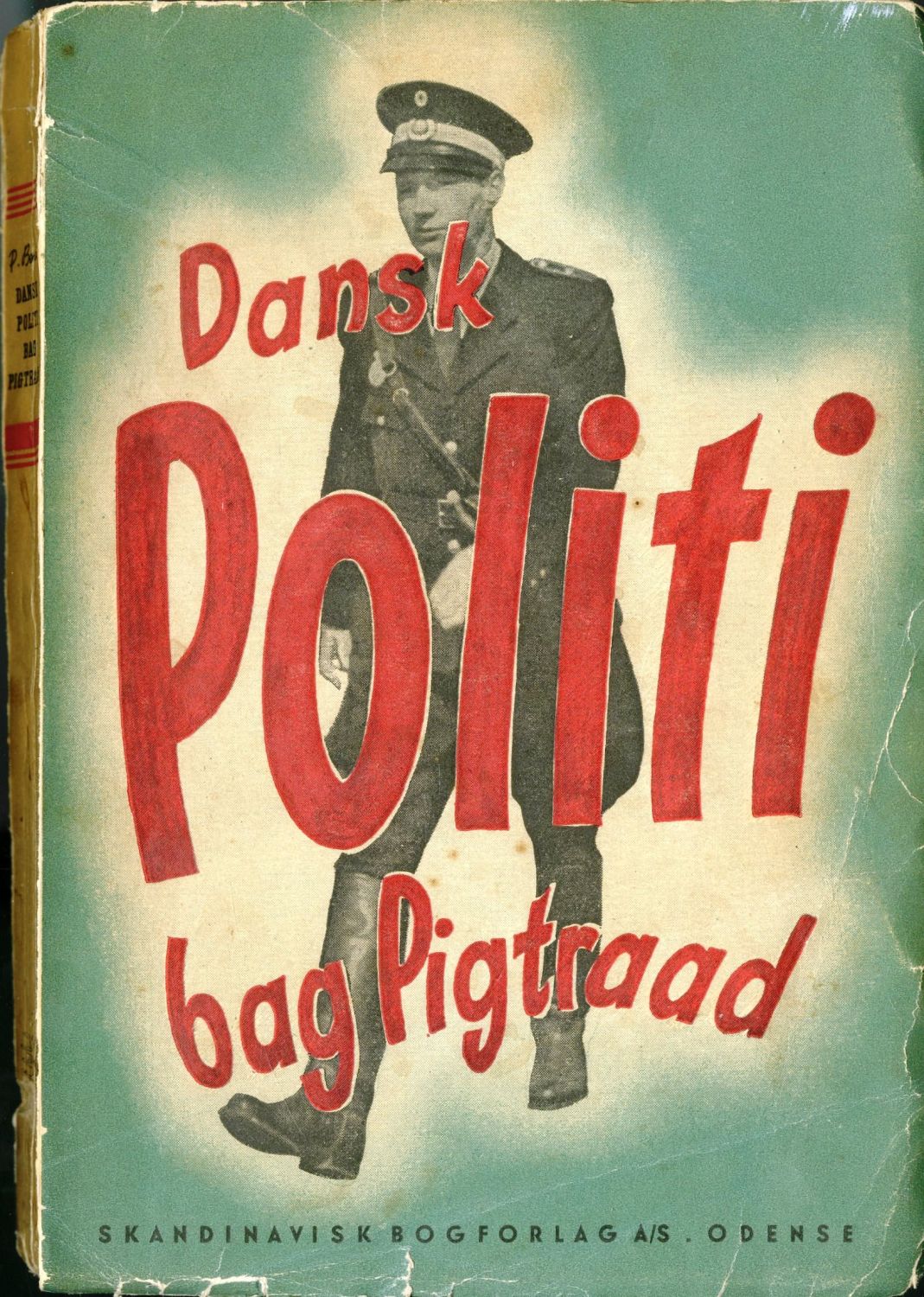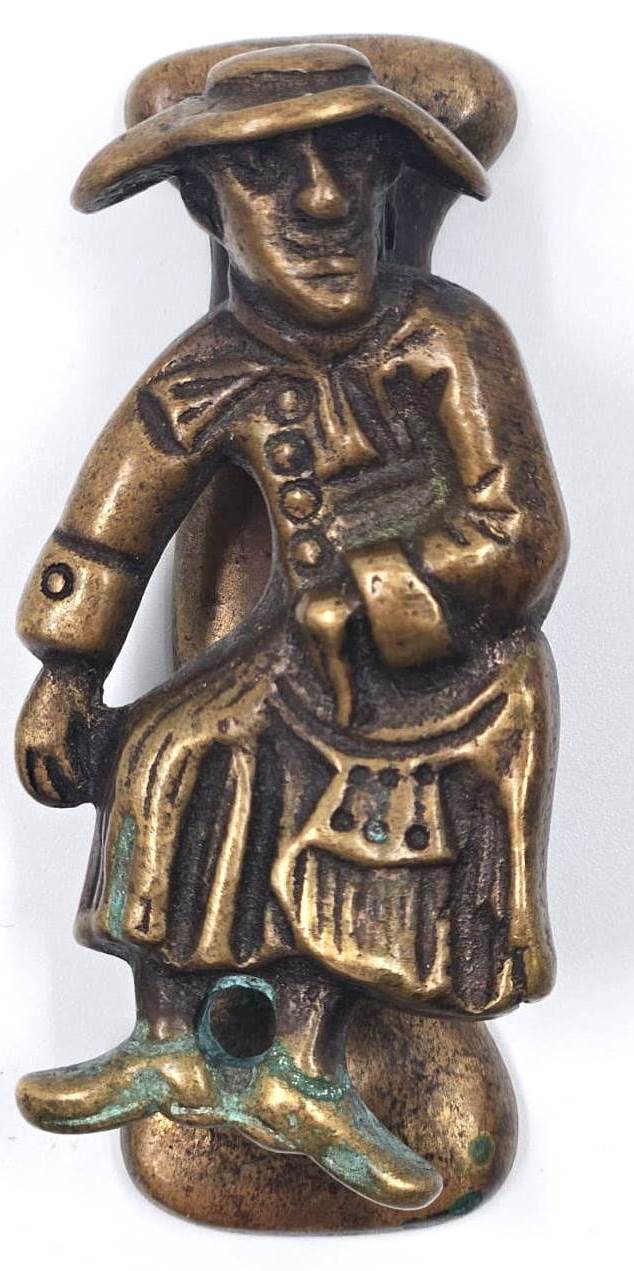Ravensbrück - Memories and Testimonies of Women from the Ravensbrück Women's Camp - The largest concentration and extermination camp for women in Germany, edited by Bartislav Čerťák. Published by Nase vojsko Prague 1960 - first edition. Cover design by Karl Kilberger. Czech. Accompanied by harsh photos from the camp. One of the most detailed publications about what the Nazis did to the prisoners, the women of the Ravensbrück camp.
Detailed testimonies of eight female survivors of Ravensbrück camp. Countless stories about what the Nazis did to the camp women, including exact dates, names of Nazi commanders who participated in torture and murder, exact locations in the camp where the shocking deeds took place, the cruelty of the camp guards - including mentioning their names and deeds, and of the brutal "camp police" unit established in the summer of 1942, the torture undergone by women in the camp hospital, and the horrific experiments performed on their bodies, the management of the camp, the process of entering the camp in which the arriving women were humiliated and beaten and forced to sign various documents and declarations about their origin, theft of their property, overcrowding in the blocks and the terrible stench ["In the autumn of 1944, overcrowding in the blocks exceeded all human imagination"], the terror imposed by the camp commander, the gas chamber that operated in the camp and how the women were executed there, the fate of the children in the camp, how the camp manager acted, the various forced labors, the daily routine, and more.
The prisoners tell among other things, dozens of chilling stories about what the Nazis did to various women in the camp, mentioning their names and what happened to them in detail. One of the women describes: "All these camp facilities fulfilled one task by various means: to torture the prisoners, to make things difficult for them, to deprive them of their human dignity and ultimately also their lives".
One of the chapters describes how the Jewish women were those who suffered the most in the camp. The Jewish women were assigned the hardest jobs - they never worked in the camp factories where there was shelter - they worked in the most smelly places in the camp, carried heavy sandbags, and cleaned the camp, and the food given to them was the poorest. In December 1941 a woman was caught whispering to her friend on their way to collect laundry - which was forbidden by camp laws, they were not allowed to speak to each other at work. As punishment, the commanders forced the entire group of women from the block to face the freezing wind in a snowstorm with bare faces. 50 of them froze to death. Jewish women slept on bare planks and not on beds, many women worked in forced labor with open wounds that became infected while they were forbidden to treat them. In August 1942 all the women from the Jewish block were sent to extermination in Auschwitz - one woman survived from that transport - Herta Mahlova from Vienna. Later, smaller groups of Jewish women arrived in the camp from Hungary and Holland, and more.
At the end of the book there is an aerial map of the camp and rare photos of the various sections of the camp and forced laborers, including: the camp barracks, the commander's office built by the prisoners themselves, the death alley where the women were executed, women of the camp in forced labor, the crematorium, a photo of Dr. Herta who performed experiments on prisoners' bodies, the Nazi war criminal Himmler visiting the camp, remains of women's bodies murdered in the camp, photos of the women of the camp during its liberation, photos from the courtroom at the "Hamburg Trials" held for the camp commanders, and more.
Ravensbrück camp (about 100 km north of Berlin) is the largest women's concentration camp (which later even became an extermination camp) that operated in Germany. At its peak, together with its sub-camps, the camp held about 46,100 prisoners. Jewish prisoners in the camp were forced to wear a yellow badge. As part of the general trend of exploiting camp prisoners for the war economy and especially the arms industry, starting in June 1942 the Siemens company set up manufacturing facilities in the camp, where camp prisoners were put to work. Living conditions in the camp were unbearable. Thousands of prisoners were shot to death, suffocated, gassed, buried alive or worked to death. Starting in August 1942, German doctors performed cruel experiments on the women prisoners in Ravensbrück. The camp claimed the lives of about 40,000 victims.
264 [16 photo plates], [7] pages. Cloth binding with original dust jacket. Good - very good condition.


